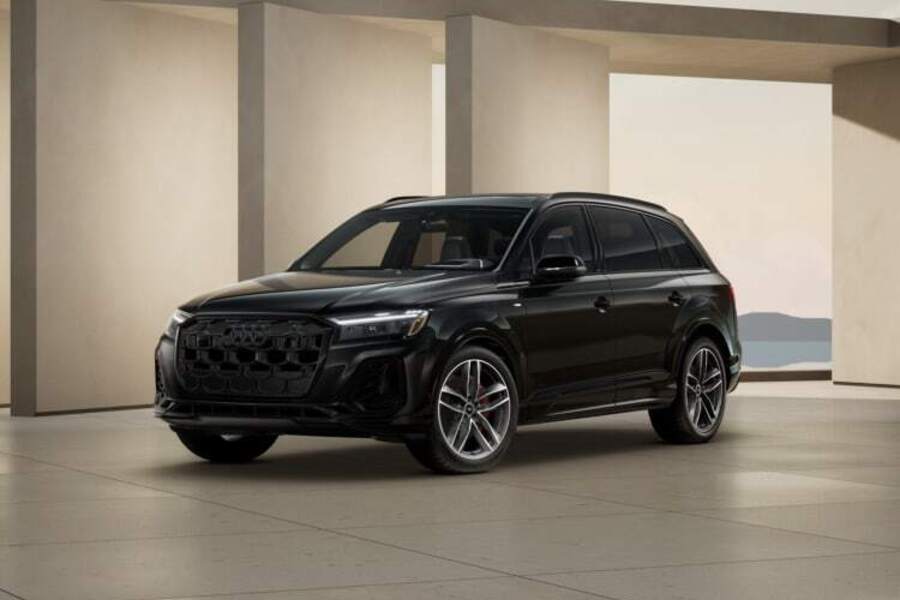Station wagons have survived waves of automotive fashion because they deliver what many drivers actually need: car-like handling, a low load floor with big-hatch practicality, and enough all-weather confidence to make an SUV feel optional. While crossovers dominate sales, 2025 still offers a tightly curated group of long-roof standouts that span value, luxury, all-terrain versatility, and supercar-grade performance. This rundown explains what each model is, why it matters, and who should buy it—so you can pick the right wagon with eyes wide open.
Toyota’s Crown Signia is the stealth wagon of the bunch. The badge says crossover, but the long roof, low cargo sill, and stretched greenhouse make it a true long-roof at heart. With standard all-wheel drive and a 240-hp hybrid system returning an impressive 38 mpg combined, it’s also the efficiency champ here. The powertrain delivers brisk, quiet acceleration—about seven seconds to 60 mph—while the cabin leans premium with twin 12.3-inch screens, Toyota Safety Sense 3.0, heated and ventilated front seats, and available heated rears. Standard 19-inch wheels, LED lighting, and power-folding mirrors reinforce the upscale pitch, and the $44,090 base MSRP undercuts many similarly equipped SUVs. If you want SUV seating height without giving up sedan road manners or fuel economy, this is the set-and-forget daily driver.
Subaru’s Outback is the most recognizable wagon on American roads and remains the do-everything default in this field. For 2025, it still looks like a proper wagon, and that’s good news with a 2026 redesign rumored to tilt further SUV. The base 2.5-liter flat-four (182 hp, 176 lb-ft) is adequate for commuting and light trails, while the optional 2.4-liter turbo (260 hp, 277 lb-ft) adds real punch for mountain passes and loaded family trips. Symmetrical all-wheel drive is standard, as is EyeSight driver assistance. Ground clearance is a stout 8.7 inches—9.5 on the Wilderness trim—making dirt roads, deep ruts, and winter slush far less stressful. Inside, there’s honest, usable space for five and their gear; upper trims layer on Nappa leather, ventilated fronts, Harman Kardon audio, wireless smartphone integration, and a hands-free liftgate. Starting at $29,995, it’s the most affordable path to four-season wagon life.
If long-distance comfort and quiet refinement top your list, the Audi A6 allroad makes a persuasive case. Based on the A6 sedan but better looking in long-roof form, it combines a 335-hp turbocharged V6 with quattro all-wheel drive and a seven-speed dual-clutch automatic for quick, smooth responses. Its adaptive air suspension can raise the ride height for rough tracks or lower it for high-speed stability, and the cabin is classic Audi: meticulously assembled, tech-forward, and hushed at a cruise. A panoramic sunroof, tri-zone climate control, configurable digital gauges, and dual screens come standard, as do leather seating and ambient lighting. At $70,500 to start, it’s positioned as a luxury SUV alternative that drives like a car and looks like money.
At the other end of the spectrum sits Audi’s RS6 Avant, a family hauler with supercar habits. The 621-hp twin-turbo V8 detonates 0–60 mph in a claimed 3.3 seconds, aided by standard all-wheel drive and all-wheel steering that shrinks the wagon around tight corners and parking lots. What makes the RS6 special is how seamlessly it toggles from quiet commuter to track toy. The cargo bay swallows real-life gear—up to 59.3 cubic feet with the seats folded—yet it still feels exotic thanks to its wide stance, flared arches, and huge rolling stock. With a base price of $130,700, this is the one for drivers who refuse to choose between speed and usefulness.
BMW’s surprise entry, the 2025 M5 Touring, turns the power dial even further. A plug-in-hybrid system pairs a twin-turbo V8 with an electric motor for a combined 717 hp, launching the big wagon to 60 mph in a claimed 3.5 seconds and—when optioned with the M Driver’s Package—on to 190 mph. It’s heavy and thirsty, but the payoff is relentless pace, one-pedal electric creeping in traffic, and real cargo capacity behind those hulking rear fenders. M xDrive all-wheel drive, adaptive M suspension, and massive brakes are standard, while the cabin mixes Merino leather, a curved dual-screen interface with AR navigation, ambient lighting, and four-zone climate control. Starting around $125,275, the Touring is the ultimate long-roof flex for drivers who want the newest tech and the hardest acceleration in the class.
If you’re shopping, the decision tree is simple. For maximum comfort and fuel savings without SUV bloat, choose the Toyota Crown Signia. For the most capability per dollar—and frequent winter or dirt-road use—the Subaru Outback remains the no-drama pick, with the Wilderness trim adding meaningful trail hardware. If you want luxury and a serene highway ride with just-in-case bad-road ability, the Audi A6 allroad is the sweet spot. If you crave speed that still swallows hockey bags and strollers, the Audi RS6 Avant is the quickest way to keep practicality intact. And if you want the latest tech and the biggest headline numbers, the BMW M5 Touring is the brand-new yardstick for super-wagons.
Why it matters: wagons are a shrinking niche in the U.S., but 2025 proves the format remains compelling. Lower centers of gravity make them more enjoyable to drive than tall crossovers; long roofs mean real cargo space without awkward loading heights; and standard or available all-wheel drive across the board makes them four-season viable. What’s next: the Outback is due for a redesign that may further blur the wagon-SUV line, and electrification will continue to seep into the segment at both the efficiency and performance ends. The takeaway is steady: if you value driving dynamics and everyday utility over spec-sheet posturing, these five wagons represent the smartest—and most fun—ways to move people and things in 2025.

